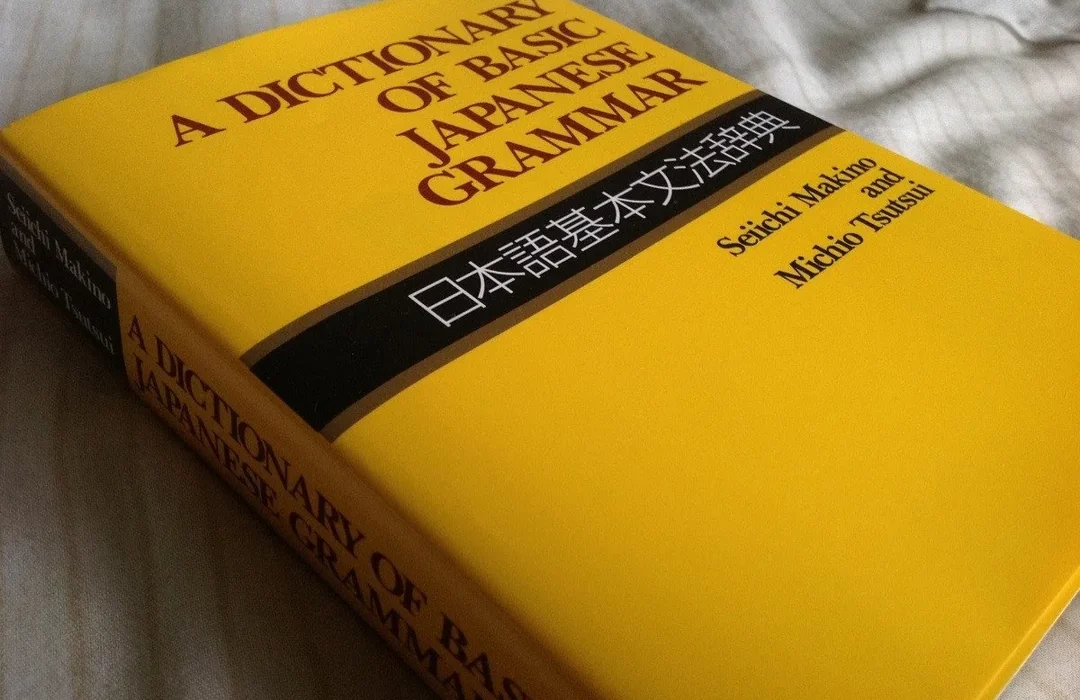Japanese grammar operates on a completely different logic than English. Where English relies on fixed word order and tense markers, Japanese depends on particles, context, and subtle shifts in tone. This difference creates some of the most fascinating—and frustrating—translation challenges. In this guide, we’ll explore eight grammar structures that consistently trip up even advanced English translators and discuss how localization experts handle them to preserve meaning and emotion.
1. The Particle “Wa” vs. “Ga”
These two particles both mark subjects but serve different purposes. “Wa” introduces topics, while “Ga” emphasizes the subject. In English, this distinction doesn’t exist, forcing translators to decide emphasis based on context rather than grammar.
2. The Absence of Plurals
Japanese nouns don’t change between singular and plural. For example, *neko* can mean “cat” or “cats.” Translators must rely on surrounding context to clarify number, especially in narrative or descriptive writing.
3. Ambiguous Pronouns
Japanese often omits pronouns altogether, relying on shared understanding. This can cause confusion in English, which requires explicit subjects. Translators must infer who’s speaking or acting without adding unintended assumptions.
4. Flexible Word Order
Japanese sentence structure follows a subject-object-verb (SOV) pattern, but modifiers and clauses can float freely. English’s rigid syntax demands careful reorganization without distorting meaning.
5. The Nuance of “Te-form”
The “te” form connects verbs fluidly, implying continuity or sequence. In English, multiple sentences or conjunctions are needed. Translators must convey flow while maintaining readability.
6. Politeness Levels in Verbs
Verb endings like *-masu* and *-desu* reflect social hierarchy. English verbs lack this feature, so tone must be adjusted through phrasing and word choice.
7. The Omission of “To Be”
Japanese doesn’t use “to be” verbs as frequently as English does. Instead, context implies existence or state. Translators must avoid over-inserting verbs that disrupt rhythm.
8. Conditional Forms (*Tara*, *Ba*, *Nara*)
Each conditional form carries subtle emotional and temporal nuances. “Tara” implies sequence, while “Ba” can express hypothetical scenarios. English translators must interpret intent carefully to maintain precision.
Conclusion
Japanese grammar is deceptively simple on the surface but profoundly layered beneath. Successful Japanese to English localization isn’t just about accuracy—it’s about rhythm, logic, and emotional pacing. By mastering these structures, translators elevate their craft from literal conversion to artful communication.
FAQs
1. Why is Japanese grammar hard for English speakers?
Because it relies on context, tone, and particles rather than strict syntax.
2. Can “wa” and “ga” change meaning?
Yes—their choice affects emphasis and nuance in a sentence.
3. Why are pronouns often omitted in Japanese?
To maintain subtlety and rely on shared context between speakers.
4. What’s the trickiest grammar feature to localize?
Politeness levels, since English lacks equivalent verb structures.
5. How can translators improve?
By studying grammar in real dialogue, not just textbooks, to grasp usage intuitively.


